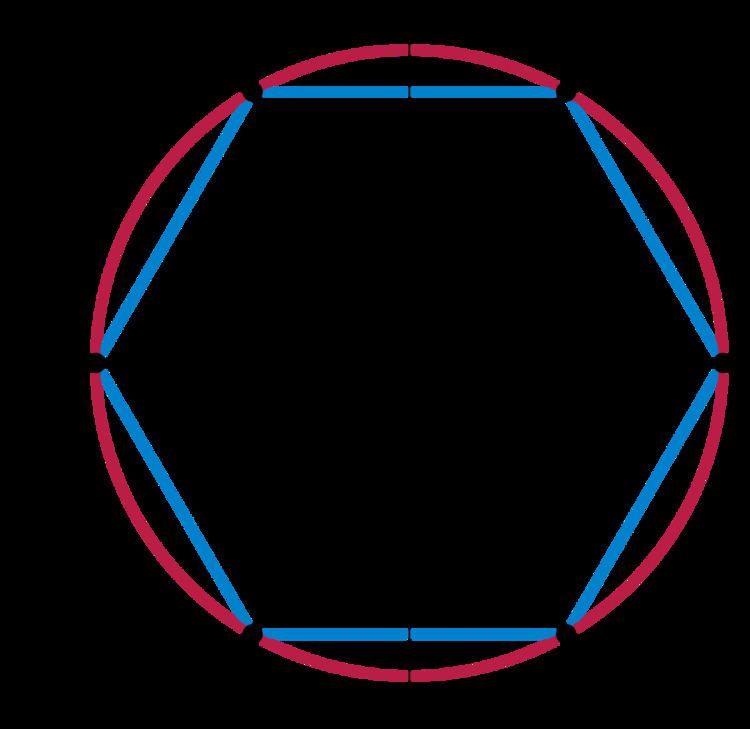 | ||
In the area of modern algebra known as group theory, the Janko group J2 or the Hall-Janko group HJ is a sporadic simple group of order
Contents
27 · 33 · 52 · 7 = 604800.History and properties
J2 is one of the 26 Sporadic groups and is also called Hall–Janko–Wales group. In 1969 Zvonimir Janko predicted J2 as one of two new simple groups having 21+4:A5 as a centralizer of an involution (the other is the Janko group J3). It was constructed by Hall and Wales (1968) as a rank 3 permutation group on 100 points.
Both the Schur multiplier and the outer automorphism group have order 2.
J2 is the only one of the 4 Janko groups that is a subquotient of the monster group; it is thus part of what Robert Griess calls the Happy Family. Since it is also found in the Conway group Co1, it is therefore part of the second generation of the Happy Family.
Representations
It is a subgroup of index two of the group of automorphisms of the Hall–Janko graph, leading to a permutation representation of degree 100. It is also a subgroup of index two of the group of automorphisms of the Hall–Janko Near Octagon, leading to a permutation representation of degree 315.
It has a modular representation of dimension six over the field of four elements; if in characteristic two we have w2 + w + 1 = 0, then J2 is generated by the two matrices
and
These matrices satisfy the equations
J2 is thus a Hurwitz group, a finite homomorphic image of the (2,3,7) triangle group.
The matrix representation given above constitutes an embedding into Dickson's group G2(4). There are two conjugacy classes of HJ in G2(4), and they are equivalent under the automorphism on the field F4. Their intersection (the "real" subgroup) is simple of order 6048. G2(4) is in turn isomorphic to a subgroup of the Conway group Co1.
Maximal subgroups
There are 9 conjugacy classes of maximal subgroups of J2. Some are here described in terms of action on the Hall–Janko graph.
Conjugacy classes
The maximum order of any element is 15. As permutations, elements act on the 100 vertices of the Hall–Janko graph.
